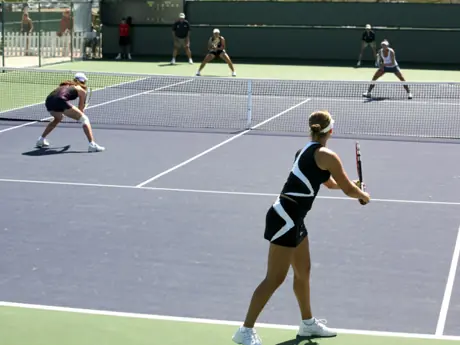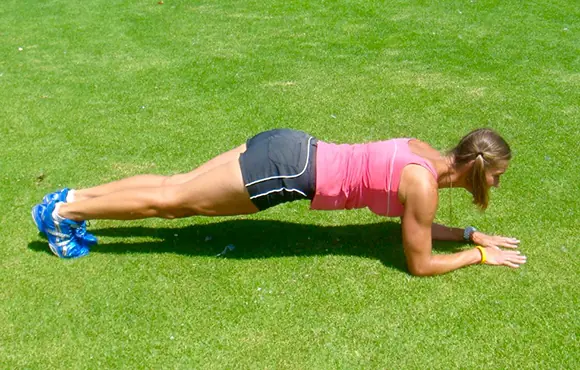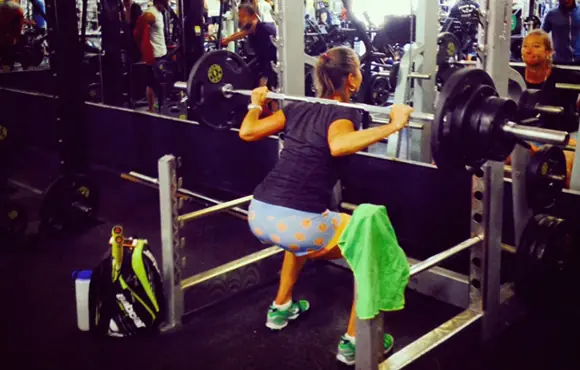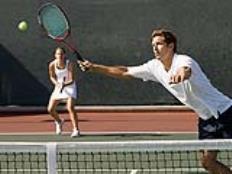Tennis players who experience aches and pains often blame the hard surface of the courts. However, the root of those muscular-skeletal aches in the lower back, groin and knee is most likely from misaligned hips.
The hips connect the upper and lower body and provide strength, stability and flexibility to both halves. Misaligned hips create incorrect movement, causing other joints, such as knees or ankles, to compensate and in turn, create new dysfunctions. Misalignments in other load-bearing joints add to the problem.
More: The Best Exercise to Relieve Hip Pain
This snowball effect can eventually lead to a shoulder strain or more serious injury. Your shoulders should be positioned directly above the hips. If your hips are misaligned, the shoulders will compensate and end up in an off-balanced position that could cause problems to develop in your shoulders.
This can be problematic for tennis players because the repetitive movement of hitting the ball on a misaligned shoulder can put stress on surrounding muscles and tendons.
More: The Best Exercise to Prevent Tennis Shoulder
The hip symmetry needs to be in all three planes: front, side and at the same height level. An imbalance in any plane will bring impurities to your posture, which over time will bring more injuries into your tennis game. It's crucial to take good care of your hips by strengthening your glutes and stretching the glutes and hips.
A good groin stretch will add to your hip health. This supine stretch of your thighs and groin muscles will align your hips in a more neutral position to allow proper flex and extension. It's a passive and relaxing stretch, which should make it easier to do on a regular basis.
Lie on your back and spread your arms comfortably to the sides. Bring your feet toward your torso, the soles together and the knees falling to the sides. Pay attention to your feet and make sure they are perfectly centered.
More: 5 Steps to an Injury-Free Game
It's not important for the lower back to be flat on the floor, just feel comfortable in the stretch. Don't push your knees with your hands or force them down with your legs muscles. Let the gravity work for you and gently get deeper into the stretch. Hold the stretch for two to three minutes and use this time for relaxation, meditation, or visualization.
The supine groin stretch is such a simple and non-exerting stretch that you also can perform it in the bed at night so your hips are nicely aligned while you sleep. Functional hips will improve your movement and speed on the tennis court, decrease the risk of injuries and your tennis game will reach higher levels in a short time. Search for your next tennis event.
Search for your next tennis event.
About the Author










Discuss This Article